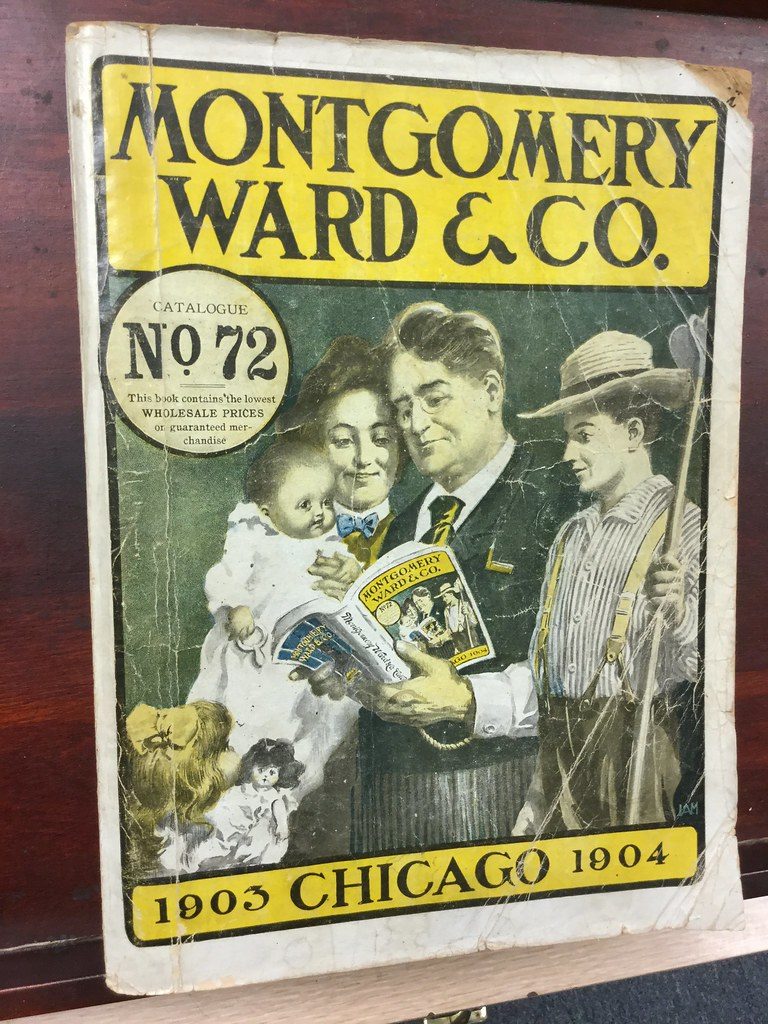For decades, B2B marketing techniques relied on the same basic principles as consumer marketing. But over the last 20 years, B2B marketing has gone through an evolution and emerged as its own discipline with unique strategies, practices and metrics of success. The way marketing and business has changed over the years mimics the ways our values change as a society. If we compare the two, we discover greater insights into why we make the purchase decisions we do.
B2B Marketing Evolution
The following is a timeline of the evolution of B2B marketing:
- Early 1800s: Trade journals were introduced and many of them ran advertisements. For example, the American Railroad Journal, established in 1831, was a weekly publication directed to iron manufacturers and miners that included a limited number of advertisements.
- Late 1800s: Montgomery Ward & Company was founded and introduced a catalog which targeted rural farmers with limited access to dry goods. This revolutionary mail-order business cut out the middleman (local general stores) and put the commercial consumer in direct contact with a wholesaler. John Deere introduced The Furrow, a magazine designed to provide farmers with timely information about the trends affecting America’s farmers. Born generations before the term “content marketing” was introduced, The Furrow is a marketing legend and is still published today.
- 1920s: As publishing grew, print advertising became the most effective way for business to reach their target markets. B2B marketing existed primarily through advertising in trade catalogs.
- 1930s: Following the Great Crash of 1929, B2B or industrial marketing began to gain traction. The Great Depression had a dramatic impact on the average consumer’s ability to purchase products. Companies began to recognize the need for market research to identify prospective buyers as well as competitors. B2B marketing consisted of trade advertising, sales manuals, in-person presentations, direct mail and slide presentations. This era is associated with aggressive selling, often involving door-to-door salesmen.
- 1950s: As mega-corporations were established, marketing emerged as a discipline. Companies sought to learn more about their customers’ needs, wants and behaviors. Marketing efforts were integrated with customer profiles, and products were introduced only after extensive marketing analysis and product testing.
- 1960s and 1970s: B2B marketing was born as a stand-alone specialty. Businesses developed marketing plans and strategies that targeted other business. The most common initiatives including telemarketing, direct mail and event marketing.
- 1980s and 1990s: Computers and the internet transformed business and B2B marketing. E-commerce was introduced and email enabled frequent and regular communication with prospects and customers. Desktop publishing enhanced advertising as well as sales and marketing collateral. Spam became a household word, websites developed into an organizational necessity and the concept of content marketing was introduced. Google entered and quickly transformed the online landscape.
- 2000s to today: Integrated marketing plans gained widespread acceptance. The internet became a mainstay and made it essential for every company to create and maintain a website. Facebook, YouTube, Twitter and LinkedIn were launched, and social media transformed the way companies communicated with their customers. New forms of corporate communication (such as blogs) and marketing channels emerged. Many print publications shifted to digital distribution. Traditional marketing morphed to digital marketing and marketing automation helped companies streamline their communication with prospects and customers.
Eras in Marketing
A review of this timeline reveals certain patterns. There is, of course, consistent innovation in technology, which enables continued growth in marketing and other areas of business. But there is also a pattern in methodology that changed over time.
- 1800–1920s—Production Method Era: In this era, the focus was mainly on production. Essentially, once an item is produced, it will sell itself. Trades were more specialized, so competition wasn’t as fierce.
- 1920–1950s—Sales Method Era: After the Great Depression, consumers were tighter with their money, so companies utilized more pushy tactics to generate greater sales. This resulted in increased self-promotion, heavy advertising and more aggressive selling techniques.
- 1950–2000s—Marketing Method Era: Following the more “hard sell” approaches of the previous era, the 1950s brought in a subtler and more professional approach to sales and marketing. The focus turned to producing a quality product and promoting that quality to customers through attractive advertising or trustworthy brand development.
- 2000–present—Social/Relationship Method Era: Changes in technology (particularly communications technology) are the foundation for the emphasis on social influence and relationship management. Reputation, expertise and reliability play leading roles.
Marketing Insights
As our society changes in education level, political or sociological views and connectedness, our values change. By studying our history through evolution and how it has transformed marketing practices, we can pinpoint the best ways to approach the needs of our clients and prospects.



